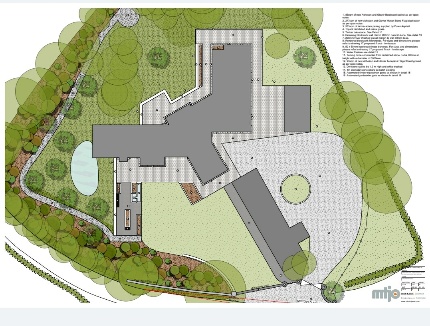23
May 2024
- BY Kevin Barry BSc(Hons) MRICS
- POSTED IN Latest News
- WITH 0 COMMENTS
- PERMALINK
- STANDARD POST TYPE

A surprising question asked today. What is the purpose of a Pre Tender Estimate?
A pre-tender estimate in construction serves several important purposes:
- Cost estimation: It provides a preliminary estimate of the total cost of a construction project before the actual tendering process begins. This estimate helps the client or developer understand the approximate budget required for the project.
- Decision-making: Based on the pre-tender estimate, clients or developers can decide whether to proceed with the project or make necessary adjustments to the scope, design, or specifications to align with their budget constraints.
- Tender preparation: In D&B, the pre-tender estimate assists contractors in preparing their tender submissions by giving them a baseline understanding of the project’s costs. This allows them to assess the feasibility and profitability of the project before submitting their bids.
- Risk assessment: The pre-tender estimate helps identify potential risks and uncertainties associated with the project, such as site conditions, material availability, labor costs, and other factors that may impact the overall cost.
- Benchmarking: Pre-tender estimates can be used as a benchmark for comparing the actual bids received during the tendering process. Significant deviations from the pre-tender estimate may indicate potential issues or risks that need to be further evaluated.
- Budget allocation: For clients or developers, the pre-tender estimate aids in allocating appropriate funds for the project, securing financing, and managing cash flow requirements.
It’s important to note that pre-tender estimates are preliminary and may not reflect the actual final cost of the project. They are based on various assumptions and historical data, which can change during the construction process. However, they provide a valuable starting point for project planning and decision-making before committing to the tendering and construction phases.
